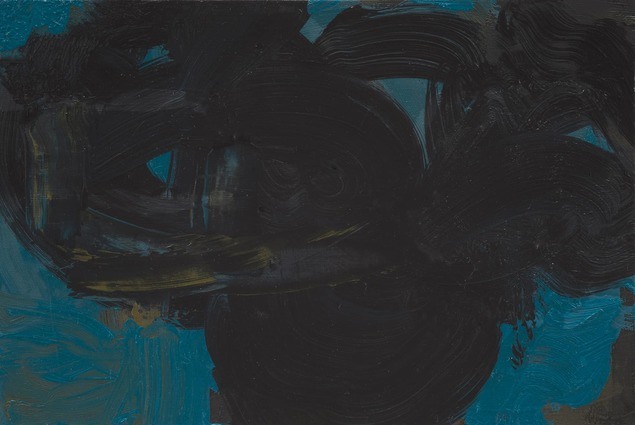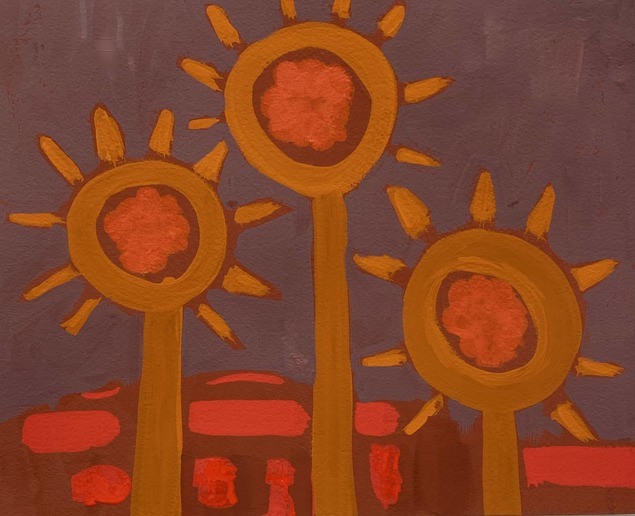Sue Kennington’s work is a celebratory exploration of colour, using expressive, textured brush-strokes. Her compositions are often made up of only a few key elements, making each shape and mark all the more impactful. The gestural nature of her pieces give them a real sense of movement which engages her viewers. We spoke to Sue about her inspiration, the importance of colour and just what it means to be an artist.
Artemis by Sue Kennington
How would you describe what you create?
I create paintings, exclusively now. These paintings are abstract, but they relate to the world and to the human condition.
What are the fundamental messages you want to get across with your work?
I want people to have a strong reaction to my work. I want them to understand that being a human being is a fantastic thing, despite all the difficulties of our existence. We are living in an extraordinary and mysterious world, and we are complex and beautiful things.
Selva 2 by Sue Kennington
What have been the key influences in your work?
I am interested in tons of other artists; Giorgio Morandi, Philip Guston, Chris Martin, David Bowie, Alex Da Corte, Syd Barrett and Andrei Tarkovsky, to name a few. I guess you could say the early Italian Sienese artists were a huge influence on me to such an extent that I came out here from London and made a life in this remote area, to try and get closer to that aesthetic, which I really related to.
Do shapes, colour and mark-making techniques have symbolic meaning for you?
Not really, I don't really understand techniques. Colour doesn't have a symbolic meaning, but it does have a huge meaning when it's in relation to other colours. And I guess when I say meaning, it's more an effect. In that it doesn't need to be translated into some other form like word language to be understood.
Utu 1 by Sue Kennington
Do you tend to work in one size/orientation? Why?
I work in many different sizes and different orientations. Currently that is really part of the work, having a response to the support. The canvas is such a tired and clichéd environment to work, but I do it because it's quick, I understand it and I need to get on with the colour work, so I cannot waste time trying to come up with some more ‘interesting’ form. I have in the past but not now – it’s too important not to waste that time, but I really enjoy shifting between sizes and formats orientations.
When did you realise you wanted to become an artist?
When I was about 7, I think. I was always drawing things, people, animals. Staying on late in the art room. I felt different from everyone else and all I really wanted to do was draw. They didn’t really have paints in those days at school, apart from those terrible weak poster paints. I come from a family of artists back to the 16th century. That was a bit difficult being a girl in those days. I didn't go to art school until my father died when I was 33. I felt free then to do what I really wanted to.
Gogo Tree 3 by Sue Kennington
What's the latest project you are working on?
I had three shows cancelled last year because of Covid. So now I'm really enjoying the time I've got to develop a new body of work, taking it up into a much bigger scale. Hopefully in 2022 there will be some exciting new shows to talk about.
Name a formative experience you've had in the art world and what it taught you
One of the experiences I will never forget was being told I understood nothing about colour at art school. I thought I could start there. That was a long time ago now and I'm still on it.




